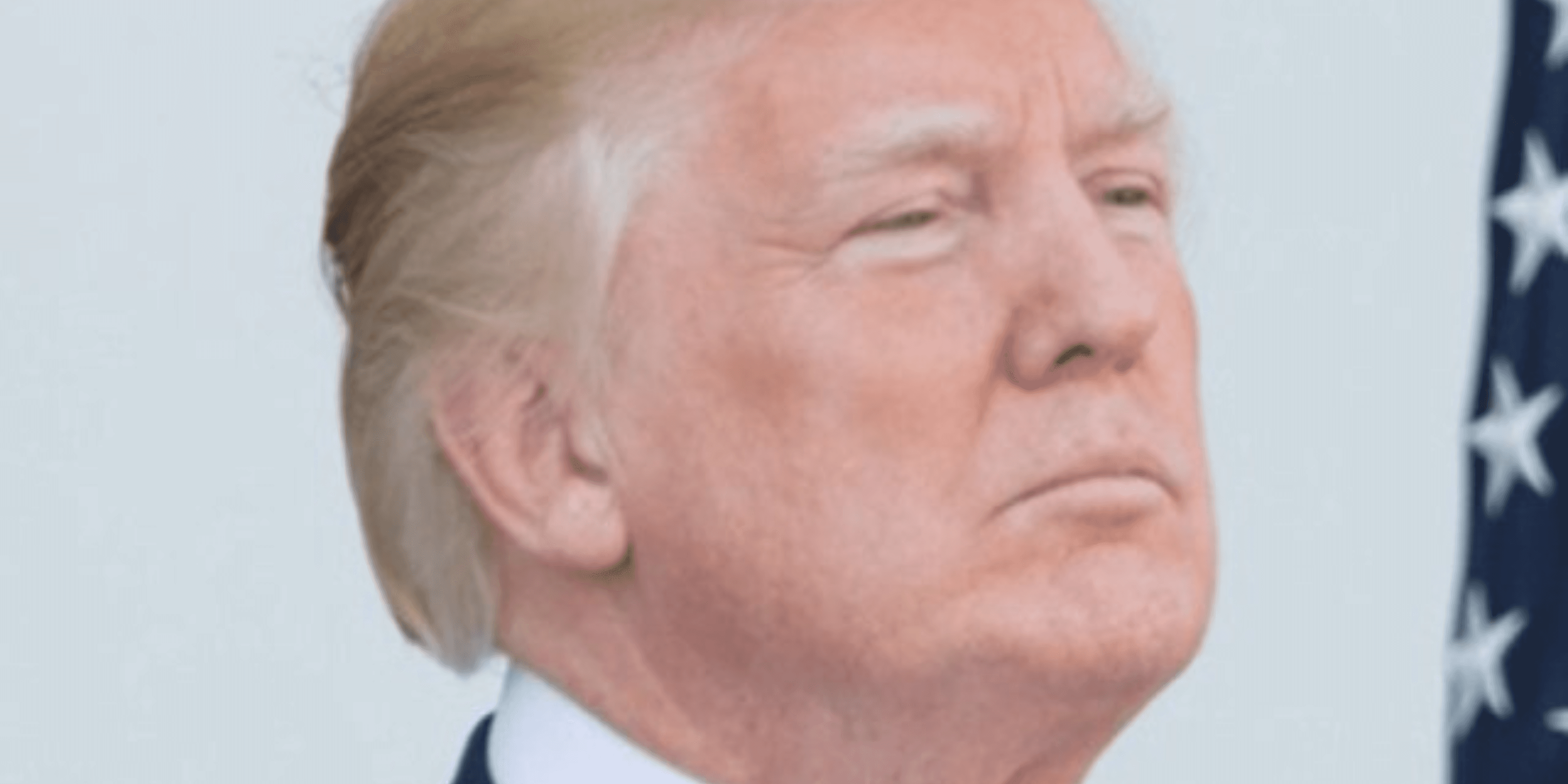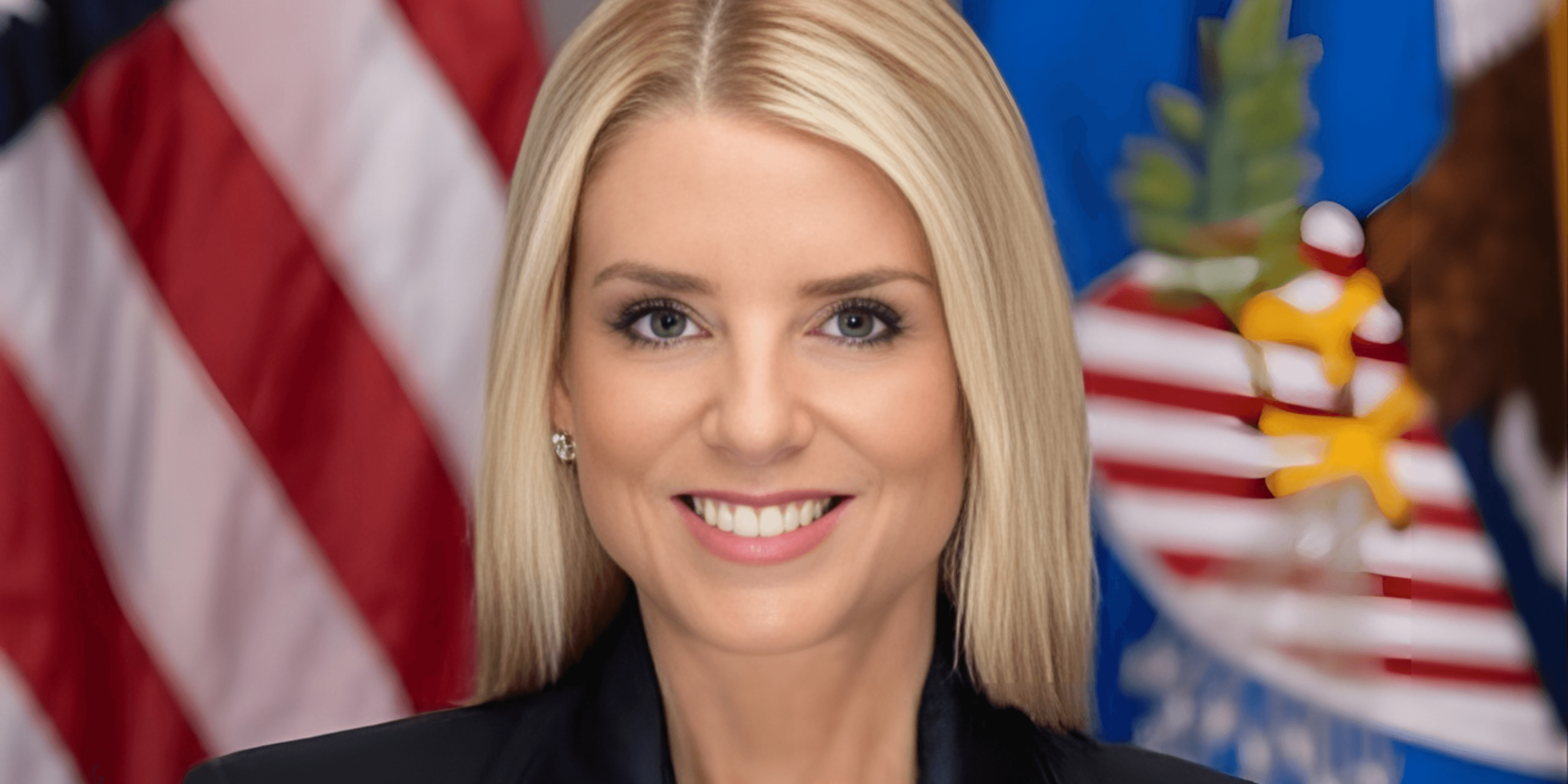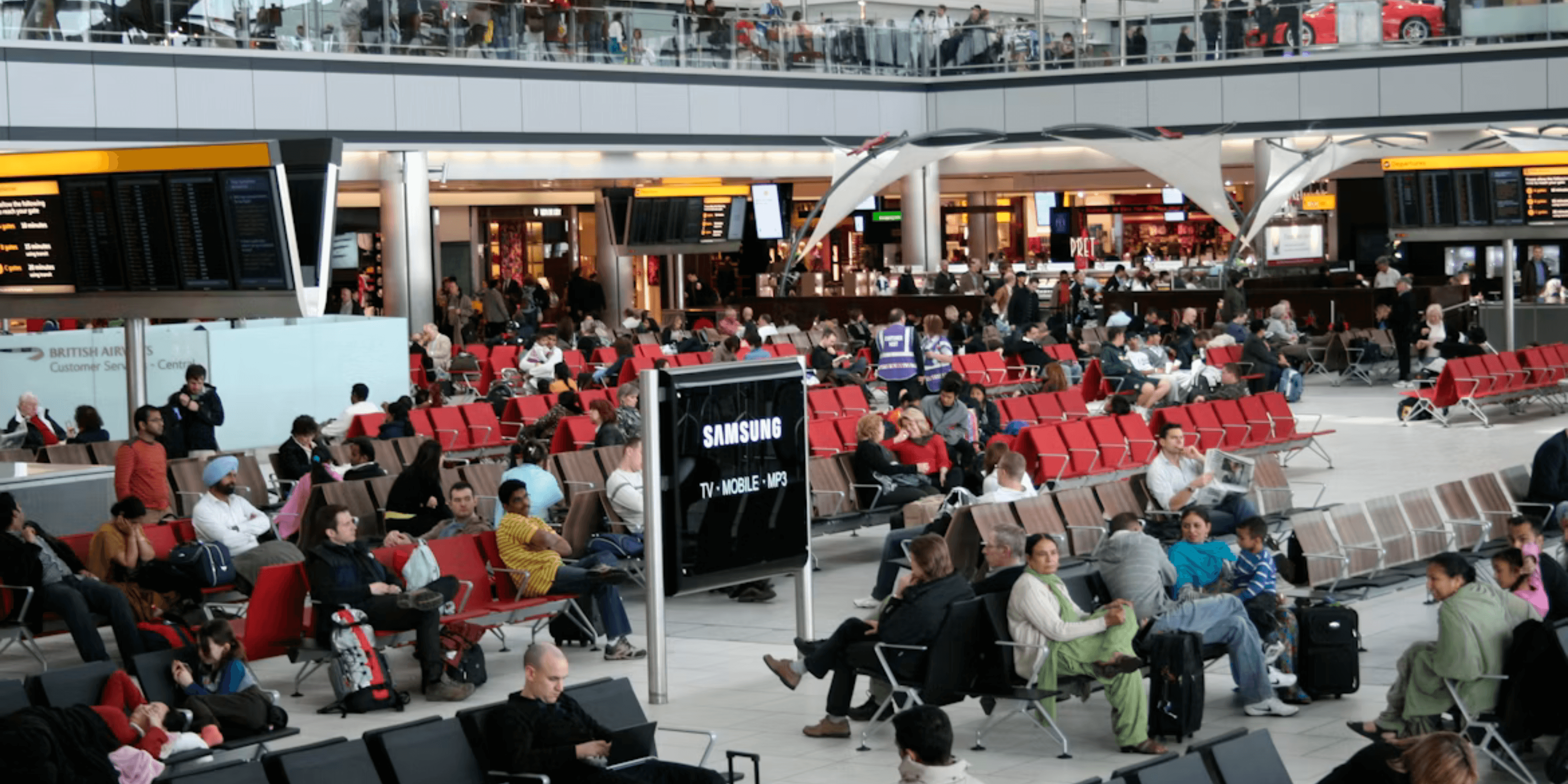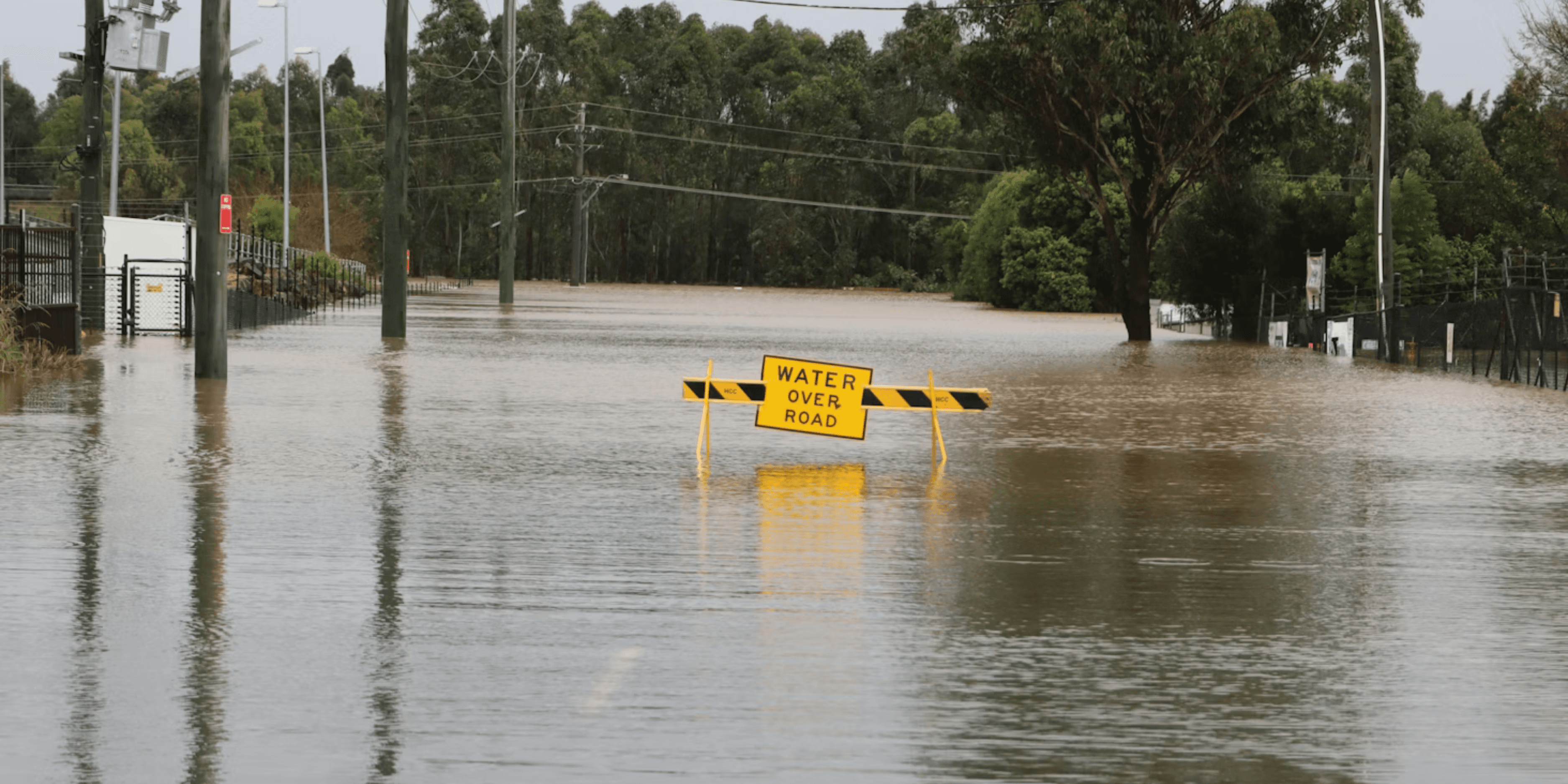newsletter
Your Daily News in Just 5 Minutes!
Featured
Featured
Courts, Culture and Chaos
Today’s news in the United States brings a trio of seismic shifts: the highest court challenged the limits of executive trade power; major elections delivered wins for the left; a key immigration detention case spotlighted federal enforcement practices; the economy showed signs of strain amid policy uncertainty; and the ongoing federal shutdown crept into unprecedented territory. Altogether, these stories reflect a nation redefining the boundaries of power, governance and civic affairs.
Nov 6, 2025
Supreme Court Questions Broad Tariff Powers
The Supreme Court of the United States heard oral arguments on November 5, 2025 about whether the federal government may impose sweeping global tariffs under the International Emergency Economic Powers Act (IEEPA)—a law dating to 1977. Chief Justice John Roberts and other justices expressed serious doubts over the administration’s claim that the statute allowed tax‑style tariffs, given that the power to levy taxes rests with Congress.
Legal analysts say the outcome may reshape the separation of powers, limiting the president’s ability to declare “emergencies” and act unilaterally on trade policy. For the administration that built a cornerstone of its economic strategy around tariffs, the decision could ripple into foreign‑relations, trade tensions and broader executive authority.

Progressive Wave Sweeps Key Elections
In local elections across the country, the left captured meaningful victories—most prominently with the win of Zohran Mamdani as mayor of New York City. Mamdani, a 34‑year‑old democratic socialist, became the city’s first Muslim mayor and the youngest in over a century, securing over 50 percent of the vote. Democrats across multiple states also celebrated gubernatorial, legislative and judicial wins, boosting the party’s momentum.
The results sent shockwaves through the national political narrative. For Republicans tied to conservative populist strategies, the losses raised questions about the durability of those coalitions. For Democrats and progressives, the wins signalled a renewed focus on economic justice, climate, and urban‑affordability issues.

Immigrant Detention Facility Under Judicial Scrutiny
A federal judge issued a temporary order demanding reforms at the Immigration and Customs Enforcement (ICE)‑operated facility in the Chicago suburb of Broadview (Chicago suburb), responding to a lawsuit by detainees alleging inhumane conditions—including overcrowding, unsanitary facilities and limited legal access. The facility’s conditions have drawn public scrutiny amid broader debates over immigration enforcement, detention practices and the rights of non‑citizens in federal custody. The ruling forces the agency to provide clean bedding, daily hygiene access and full meals, at least until the next hearing. Analysts expect the case to test whether detentions maintained under federal authority meet constitutional and statutory standards.

Economic Uncertainty Intensifies Amid Policy Shifts
Economic indicators paint a mixed picture for the U.S. economy: the Bureau of Economic Analysis reported the U.S. net international investment position stood at ‑$26.14 trillion at the end of Q2 2025. Meanwhile, firms cited cost pressures from tariffs and tight labor markets, which are beginning to weigh on consumer spending. With the potential that the Supreme Court may restrict tariff powers and the federal budget impasse ongoing, businesses face elevated uncertainty. Many analysts now view the combination of trade policy ambiguity, labor market tightness, and fiscal uncertainty as headwinds to growth for the remaining year.

U.S. Government Shutdown Becomes Longest in History
The federal government shutdown, now stretching into November, has become the longest in U.S. history after Congress failed to pass a full funding resolution for fiscal year 2026. Roughly 900,000 federal workers are being furloughed and an additional 1–2 million are working without pay, while key services such as SNAP benefits face delays.
The shutdown’s endurance raises serious concerns about service continuity, economic ripple effects, and the credibility of federal governance. Key funding deadlines loom, and the standoff underscores the heightened risk when partisan gridlock meets institutional deadlines.
Looking Ahead
In the coming days, attention turns to how the Supreme Court rules on the tariff case and its implications for presidential power. The newly elected progressive leaders, beginning with Mayor‑elect Mamdani, will face immediate tests on housing and affordability ahead of the January 2026 transition. The federal budget showdown could escalate further if Congress remains deadlocked, with meaningful economic and political consequences. Finally, the lawsuit over the Broadview facility signals that immigration enforcement will continue to spark litigation and policy attention. Together, these developments suggest that the balance of power—among branches of government, between federal and local levels, and within the economy—is being actively tested on multiple fronts.
Related blogs
Related blogs
Copyright 2025 USA NEWS all rights reserved
newsletter
Get daily news directly in your inbox!
Copyright 2025 USA NEWS all rights reserved
newsletter
Get daily news directly in your inbox!
Copyright 2025 USA NEWS all rights reserved
Copyright 2025 USA NEWS all rights reserved














